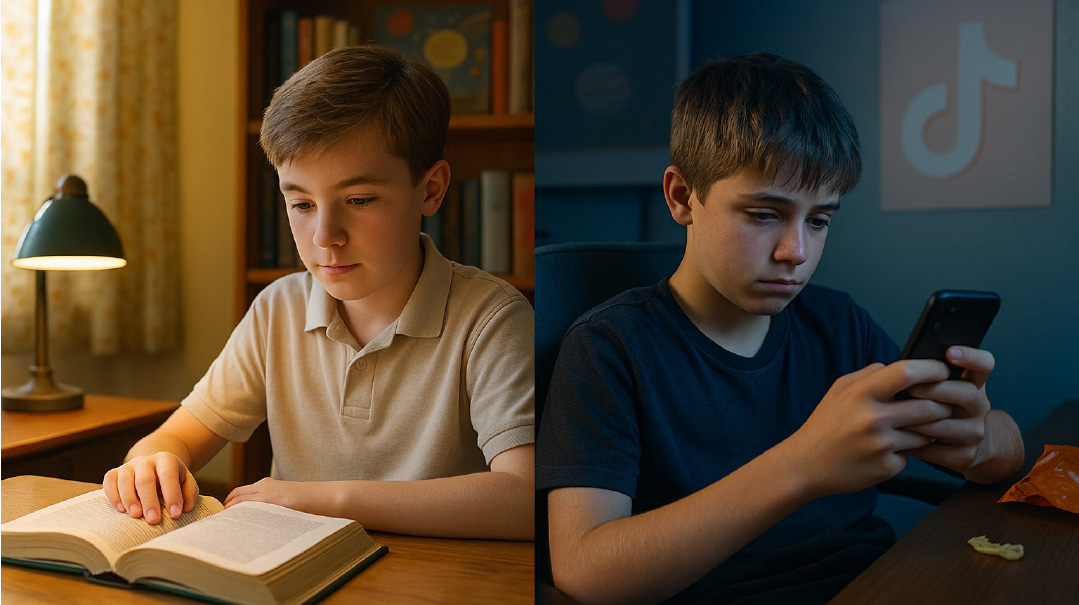Worship of Science

The current pandemic is likely the result of science gone mad
Since the onset of the Plague, Tablet magazine has been running a series of articles by Norman Doidge, a Canadian brain researcher and psychoanalyst. That series constitutes an extended meditation on the contemporary worship of Science and the failure to properly understand its limits. Doidge writes with vast erudition, intelligence, and that rarest of all qualities — wisdom.
In “Mad Science, Sane Science,” Doidge contrasts the ancients’ view of science, which centered on the contemplation of the order of the cosmos and man’s place within, to that of Francis Bacon (1561-1626), the first great modern philosopher of science. For Bacon, nature was no longer to be contemplated, but rather conquered or harnessed. Military metaphors abound in his writing.
Without denying the marvels of modern science, Doidge points to some of the baleful consequences of the language of conquest. In medicine, for instance, the military metaphor leads to a preference for high-tech treatments as somehow more serious than less invasive ones. Modern science, writes Doidge, has a preference for bold action without considering the complex systems in which they take place.
Thus, for instance, we have overused powerful antibiotics, to the point that many diseases that we could treat 50 years ago cannot now be treated because of bacteria resistance. In an ever-escalating war with fast-mutating bacteria, we will always find ourselves one step behind.
The mindset of “eradication of disease” often causes us to charge ahead, oblivious to the attendant consequences. Prolonged lockdowns are one example. Supporters of indefinite lockdowns, almost all employed and working from home, acknowledge the “inconvenience.” A bit of an understatement for the destruction of 60 percent of small businesses and the employment that went with them. Or for 50 percent of chemo sessions missed; 40 percent of treatable strokes undiagnosed; cancer screenings put off; the loss of an entire school year in many cases; skyrocketing rates of alcoholism, drug overdoses, abuse; and the doubling of youth suicides.
Janelle Ayres, who directs two labs at the Salk Institute, is one of Doidge’s heroes. She speaks not of “fighting” the disease but of “surviving” it. That turns out to be particularly crucial with respect to COVID-19, when many deaths are caused not by the invader directly but by overactive immune systems — cytokine storms, sepsis — whereby the body attacks itself.
THE CURRENT PANDEMIC is likely the result of science gone mad. The Wuhan Institute of Virology (WIV) at the very epicenter of the outbreak was conducting “gain-of-function” (GoF) research, better described as “viral deadliness enhancement,” on bat viruses. The chief virologist at WIV boasted they had engineered a SARS virus that could infect humans.
A year later, all the viral samples from the WIV have disappeared, along with Wuhan Central Hospital’s head of emergency medicine, who published an article calling attention to the possibility of a leak from the lab, which had been previously cited for its lack of biosafety. The kicker: Dr. Fauci’s National Institute of Allergy and Infectious Diseases and NIH have been funding the Chinese research.
Doidge lists, in “A Plague on Both Our Houses,” the five conditions that would have to be met to justify GoF research: 1) scientists will find therapeutics from the research that justify the risk; 2) no leakages from labs; 3) no mad or mercenary scientists; 4) no countries will ever use the viruses created to cause mass death to enemies; and 5) a biological arms race will not be triggered. In fact, writes Marc Lipsitch, director of Harvard’s Center of Communicable Disease Dynamics, such research has done almost nothing to increase preparedness, while risking accidental pandemics. Far from being rare, lab leaks happen at the rate of two a week.
Bacon wrote that the legions of scientists he envisioned would have to be instructed on the use of their knowledge for the good. “First we split the atom, then we give a multiple choice test in ethics,” writes Doidge sarcastically.
In a passage that could be lifted straight from Rav Dessler’s writing on the very human limitations of scientists, Doidge laments that conquering nature is treated as the hard problem, and reining in those who might abuse the knowledge the easy one. But this “first we conquer nature, then we conquer human nature approach” is not working out. Instead of lessening desire, intellectual hubris, impulsivity, greed, the denial of death — as wisdom might — our belief in science has only inflamed these tendencies.
WE LIVE in a science-driven society, and all educated people profess to “believe” in science. The most reassuring four words in English are, “Science says, ‘Do this.’ ” But what happens when scientists are contradicting themselves or other scientists? Since the beginning of the pandemic, WHO first told us the fatality rate was 3.4 percent, which turned out to be 0.4 percent. It advised against shutting off air travel from Wuhan, even as China had done so internally. It proclaimed masks to be pointless, even as it was contradicting itself by saying that they must be saved for emergency medical personnel. It strongly advocated for lockdowns, until changing course, upon recognizing that they might well lead to a doubling of world poverty and child malnutrition.
At the outset of the pandemic, Governor Andrew Cuomo encouraged New Yorkers to go on mingling without panic because “we have the best health care system in the world.” Five days later, he announced the first lockdown.
When “science says” is so rapidly fluctuating, our core identity as people of science is threatened. And we feel that we have reverted to the situation of our distant ancestors at the mercy of nature. Unable to live with ambiguity, we act in ways that are antithetical to science itself, including trying to shut down dissident voices. Google and Google-owned YouTube removed from the platforms voices questioning whether lockdowns were the best long-term strategy, on the grounds that they contradicted the WHO, which, as we have seen, is hardly the definitive word on our state of knowledge.
When Stanford’s John Ioannidis, one of the 100 most cited scientists in the world, published preliminary studies undermining WHO’s claimed fatality rate, his research was not merely critiqued; he was greeted with intense anger, and he was morally vilified for betraying “everything you stood for.”
THOSE DOIDGE LABELS “medicine fundamentalists” claim that only randomized controlled trials (RCTs) are valid, and all other forms of evidence that have traditionally guided physicians must be ignored. Again, that insistence bespeaks a quest for a degree of certainty that does not exist. Thomas Friedan, former head of the Center for Disease Control, writes, “Despite their strengths, RCTs have substantial limitations.... [Other] methods of obtaining evidence for decisive action are receiving increased interest, prompting new approaches to leverage the strengths and overcome the limitations of different data sources.”
In the current pandemic, it was frontline nurses and doctors who noted that COVID-19 did not act like traditional critical respiratory infections. For instance, the patient might experience no shortness of breath, even with oxygen levels barely consistent with life. Even case studies of a single patient have led to some of the greatest medical breakthroughs, like the discovery of the significance of the frontal lobes of the brain.
RCTs can be manipulated, and one study found that in over 70 percent of RCTs, after removal of all “confounding factors,” those being studied to test the efficacy of a medication, for instance, did not resemble any real-world patients. And in many cases, reliance on RCTs would be immoral. After researchers in a large observational study noted that sudden infant death syndrome was correlated to infants being put on their stomachs to sleep, who would countenance thereafter an RCT in which half the infants were put on their stomachs? And the French scientists who concluded that hydroxychloroquine and azithromycin were highly effective in reducing viral loads in the early stages of COVID-19, based on large observational studies, felt the same way about trying to arrange RCTs to test their conclusions.
It is no exaggeration to suggest that tens of thousands of lives in the US alone might have been lost because Dr. Fauci dismissed as worthless all early intervention treatments — hydroxychloroquine, Ivermectin, blood plasma extracted from healed patients — as not supported by RCTs. As a result, physicians were left with nothing to treat early stages of the disease, even when the proposed remedies were cheap, repurposed generic drugs, whose safety record had been studied for decades in millions of patients.
Doidge sums up the case for offering physicians a multiplicity of tools, as opposed to “believing” in only one type of validation of a treatment. “Science is a tool. I don’t worship tools. Rather, I try to find the right one for the job.”
Originally featured in Mishpacha, Issue 851. Yonoson Rosenblum may be contacted directly at rosenblum@mishpacha.com
Oops! We could not locate your form.






